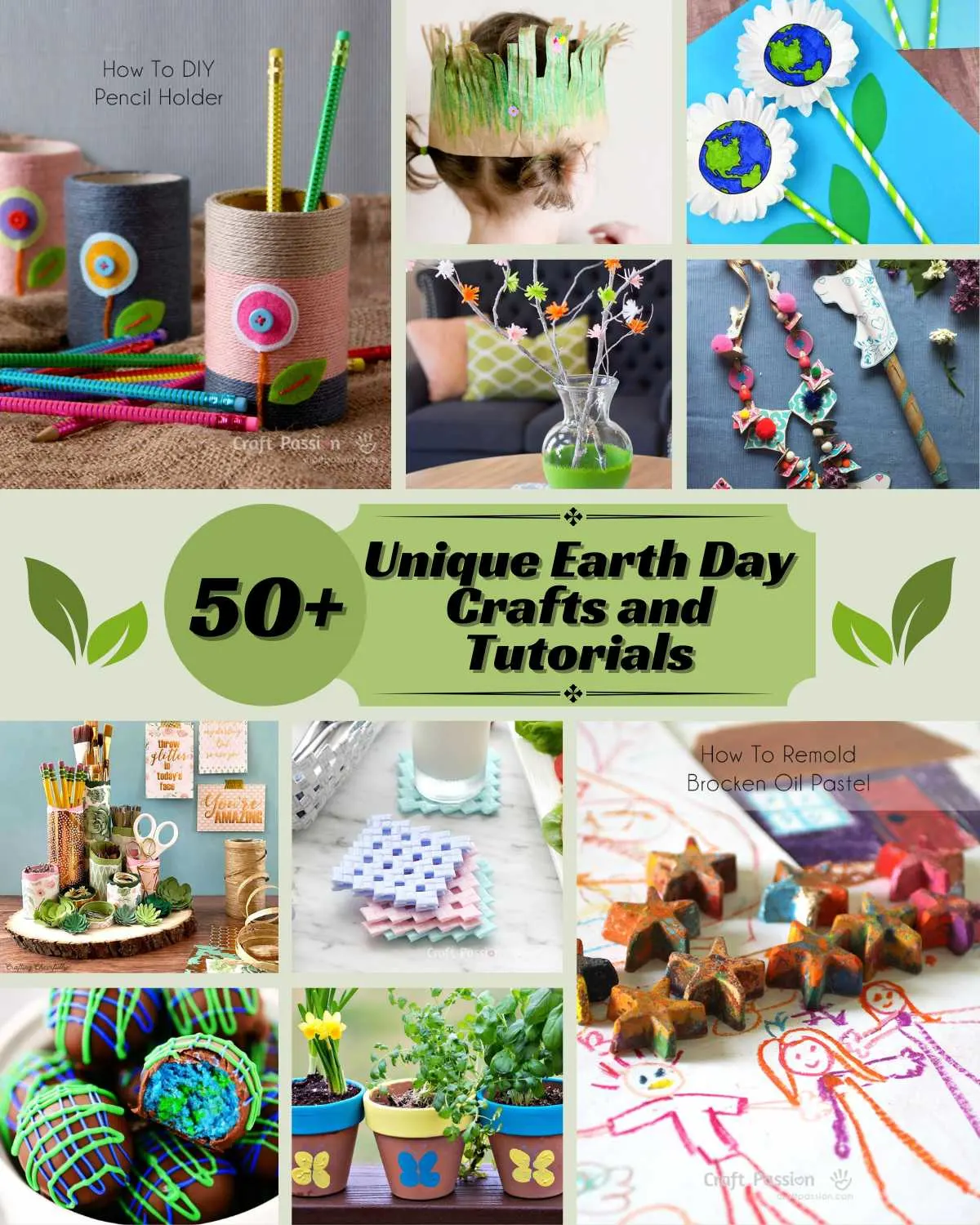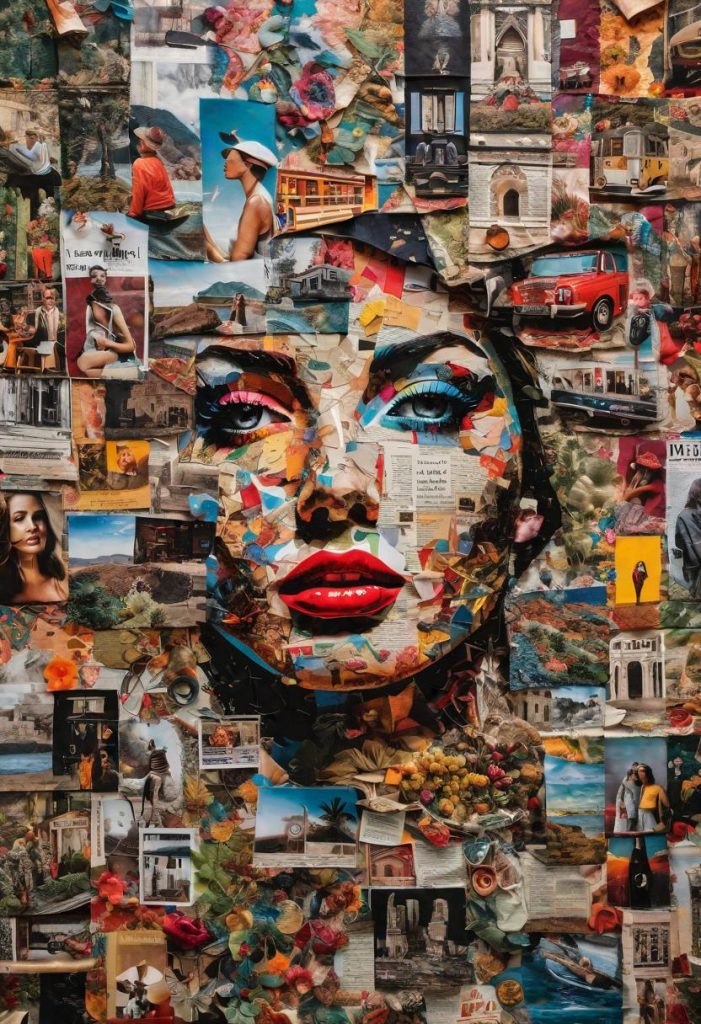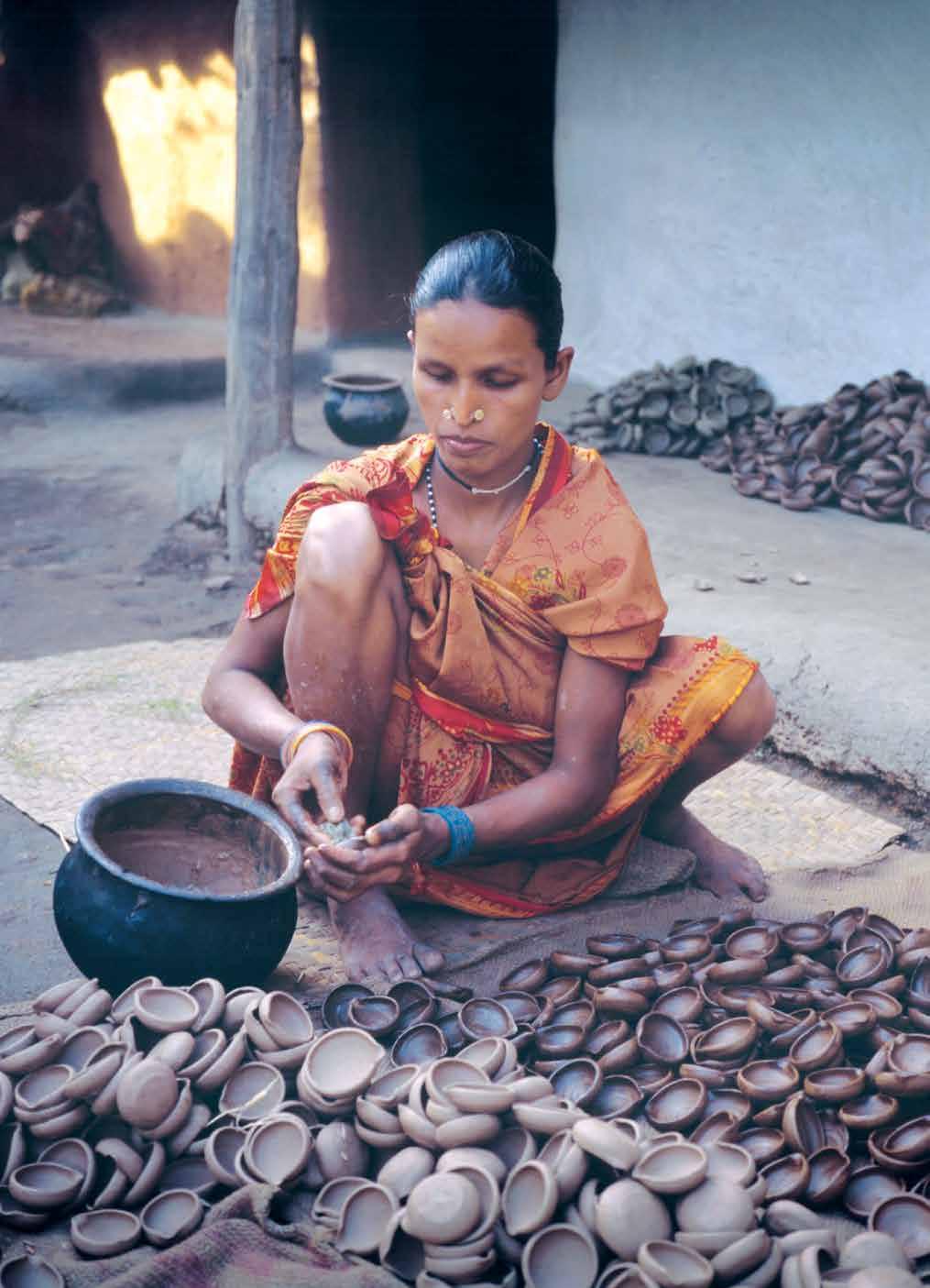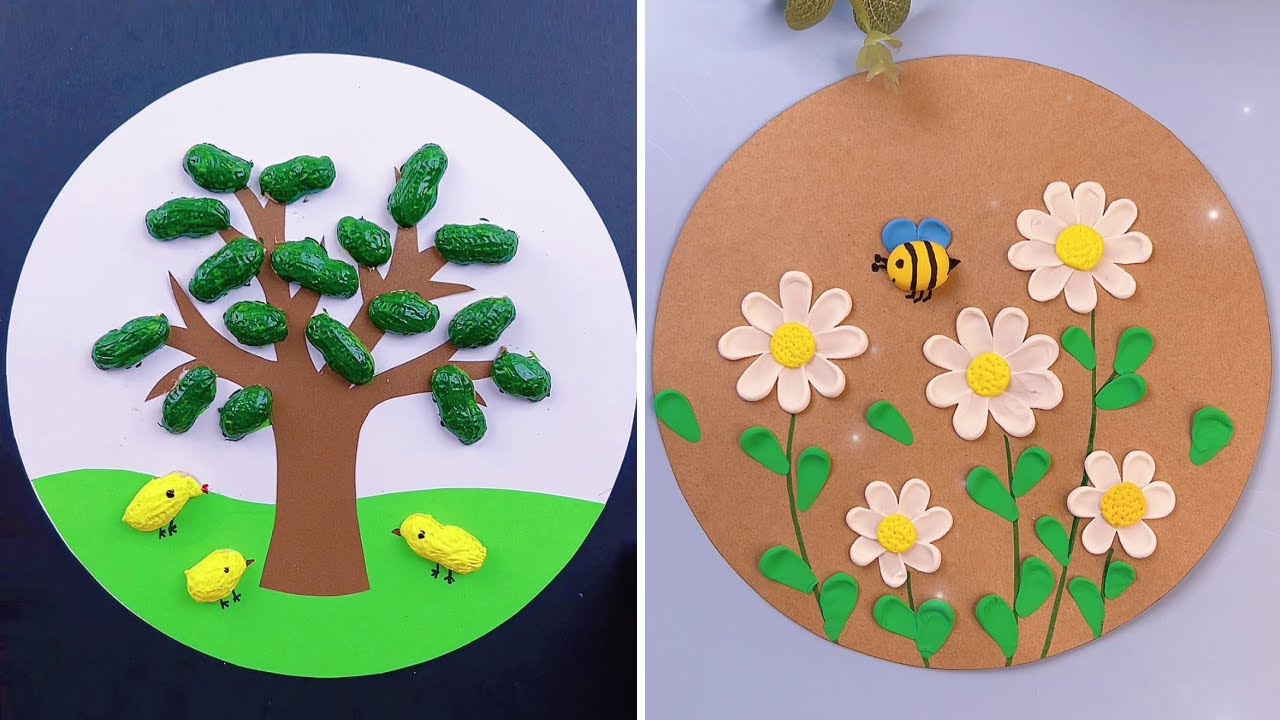Transform Recyclables into Art Sustainable Crafting Projects Guide

In an era where sustainability is at the forefront of global conversations, creative hobbies have taken on a new significance. Many individuals are seeking ways to express their artistic flair while also being environmentally conscious. One of the most rewarding methods is through transforming recyclable materials into stunning artwork.
This approach not only elevates our creative practices but also sparks innovation and resourcefulness. By utilizing materials that would otherwise end up in landfills, artists and crafters are forging a path towards a more sustainable future. Engaging in such projects can develop valuable skills that range from fine motor abilities to problem-solving, making them perfect for all ages.
What to Expect
- Top 5 sustainable crafting projects you can undertake using recyclables.
- Step-by-step guidance on creating unique art pieces.
- Resources to inspire your next crafting adventure.
- Tips on how to involve the community in your creative endeavors.
- Insights into the benefits of embracing a sustainable lifestyle through art.
Get ready to explore how you can turn everyday items into masterpieces while contributing to a healthier planet!
DISCOVER MORE: Click here for exciting activities!
Top 5: Transforming Recyclable Materials into Art – Sustainable Projects to Develop Craft Skills
As global awareness around environmental sustainability grows, innovative ways to reduce waste and conserve resources are becoming increasingly essential. In this context, turning recyclable materials into art emerges as a creative, impactful, and skill-enhancing solution. By channeling everyday waste into artworks, individuals can nurture their artistic capabilities while making a positive contribution to the environment. This Top 5 list outlines projects that do just that, transforming mundane items into mesmerizing masterpieces.

5. Upcycled Paper Mache Sculptures
Paper mache, a timeless craft technique, is revered for its simplicity and versatility. Originating from the French term “chewed paper,” this method involves mixing torn paper strips with a binding agent like flour paste or glue to form a malleable pulp. This pulp can be molded onto frameworks made from wire, balloons, or cardboard to create sophisticated sculptures ranging from lifelike figures to abstract designs.
Key Benefits:
- Encourages creativity by allowing various forms and styles.
- Provides tactile and sensory experience for all age groups.
- Reinforces the value of reusing materials that might otherwise be discarded.
The ecological advantages are significant: by using old newspapers, magazines, or even leftover packing materials, you divert these items from landfills. Moreover, the flexibility of paper mache means projects can be tailored to any skill level, making it accessible for schoolchildren and professional artists alike. For instance, a beginner might start with a small, simple bowl, while an experienced artist could attempt a large-scale sculpture.
4. Bottle Cap Mosaic Art
The proliferation of plastic waste poses a severe environmental risk. Bottle cap mosaic art offers a novel solution by repurposing discarded caps into beautiful, enduring art pieces. This artistic form involves assembling these colorful discs into patterns or images reminiscent of ancient mosaics. The process not only helps recycle ubiquitous waste but also educates participants about the impact of their consumption habits.
Key Steps:
- Collect a diverse range of bottle caps from friends, family, and recycling bins.
- Sketch out your design on a sturdy board or canvas.
- Affix each bottle cap using a strong adhesive.
An exemplary bottle cap mural can illustrate a landscape or a company logo, providing a visual discussion point on sustainability. Besides its aesthetic value, such art often finds homes in public spaces, businesses, or schools, where they become focal points for conversations on environmental consciousness.
3. Upcycled Jar Candle Holders
With the tens of millions of glass jars disposed of annually, reimagining them as candle holders is a compelling initiative. Each recycled jar becomes a canvas for creativity. Through methods such as painting, using decoupage to apply decorative paper cutouts, or adorning with twine, artists can transform these containers into unique pieces of art.
Techniques to Explore:
- Painting with glass paint for vibrant designs.
- Decorating with twine and dried flowers for a rustic feel.
- Using stencils or lace to create intricate patterns.
Beyond their aesthetic appeal, these holders provide functional lighting solutions and serve as personalized, eco-friendly gifts. Community workshops around jar upcycling can further engage people in sustainable practices, promoting a sense of achievement and community.
2. Fabric Scrap Art Quilts
Quilting has been a cherished craft for generations, and when made with fabric scraps, it becomes a symbol of resourcefulness and creativity. Old clothing items or leftover project materials serve as the starting point for creating quilts, each with its unique mixture of colors, textures, and stories.
Benefits of Scrap Art Quilts:
- Encourages resourcefulness in using what you already have.
- Provides opportunities for storytelling through the choice of fabric.
- Can be a meditative and therapeutic process.
A quilt not only offers warmth but stands as a testament to sustainability and artistic expression. These quilts, often passed down through generations, can also be seen as chronicles that capture snippets of life from different eras, making them both art and heritage.
1. Recycled Plastic Bottle Planters
The challenge of plastic pollution is one of the pressing environmental issues today. In response to this, creating planters from recycled plastic bottles is both a practical and artistic solution. This project involves cutting bottles to serve as pots for flowers or herbs, thus directly reducing plastic waste while fostering a green thumb.
Steps to Create Your Planters:
- Cut plastic bottles in half and clean thoroughly.
- Pierce holes in the bottom for drainage.
- Decorate with paint, rope, or natural materials for added aesthetics.
The advantages extend beyond waste reduction: plants can improve air quality, boost mood, and add beauty to any space. Additionally, the creative customization of these planters allows for a reflection of one’s personal style, making each planter not just a container but a conversation piece. By using recycled materials to nurture new life, these small, vibrant displays underscore the potential within recycling practices.
Creative projects that transform recyclables into art highlight a dual benefit of ecological stewardship and artistic exploration. Each project outlined above not only prevents waste but also nourishes the human spirit, demonstrating art’s powerful role in promoting sustainability.
| Category | Details |
|---|---|
| Environmental Awareness | Creating art from recyclable materials raises awareness about waste management and the importance of sustainability. By being creative, individuals learn to appreciate the value of materials that would otherwise end up in a landfill. |
| Skill Development | Engaging in these projects enhances practical skills, such as cutting, painting, and assembling, fostering creativity and improving fine motor skills, especially in children and students. |
| Community Engagement | These projects often involve group participation, strengthening community bonds. Collaborating on art initiatives can spark dialogues about recycling and inspire others to participate. |
| Promotion of Local Culture | Transforming recyclables into art can celebrate local heritage. Artists may incorporate traditional methods or themes, connecting past with present and preserving cultural identity through innovative practices. |
DISCOVER MORE: Click here for creative animal drawing project ideas
Frequently Asked Questions About Transforming Recyclable Materials into Art
What are some common materials that can be repurposed into art crafts?
Many everyday items can be transformed into unique art pieces. Common materials include plastic bottles, aluminum cans, paper, cardboard, and glass. These items are not only abundant, but they also offer diverse textures and canvases for creativity. By using such materials, you are not only creating art but also contributing to a sustainable environment.
How can recycling materials into art improve my craftsmanship skills?
Recycling materials into art encourages you to think outside the box, fostering creativity and innovation. By working with these diverse materials, you develop a keen attention to detail and learn new techniques like cutting, shaping, and assembling. Such practice enhances your overall craftsmanship skills, making you a more versatile and resourceful artist.
Are there any specific tools needed for transforming recyclables into art?
While the tools needed can vary based on the project, basic tools often include scissors, glue, paint, and a cutting knife. For more advanced projects, you might need a hot glue gun or a pair of pliers. Having these tools at your disposal enables you to manipulate the materials effectively, turning simple waste into stunning art.
Can creating art from recyclables be profitable?
Yes, turning recyclable materials into art can indeed be a profitable venture. The demand for unique, eco-friendly products is on the rise, and many consumers are drawn to items that have a sustainable edge. Selling your creations online or at local markets can turn your hobby into a successful small business.
Where can I find inspiration for my recycled art projects?
Inspiration can come from various sources, such as online platforms like Pinterest and Instagram, which offer a plethora of ideas and tutorials. Joining local or online art communities can also provide support and inspiration. Moreover, nature itself can serve as a powerful muse, offering colors, shapes, and patterns that can be emulated in your art.
DISCOVER MORE: Click here to dive into the guide
Conclusion: Harmonizing Creativity and Sustainability
The journey through transforming recycled materials into art not only invigorates creative hobbies but also embarks on a sustainable future. By incorporating eco-consciousness into artistic endeavors, individuals are crafting a new narrative in which creativity intersects with sustainability. This practice cultivates a dual benefit: stimulating artistic skills while fostering a sustainable mindset.
Main Takeaways
- Environmental Impact: Reusing materials that would otherwise end up as waste significantly aids in reducing environmental footprints.
- Skill Development: Engaging in such projects enhances artistic skills as individuals explore innovative techniques and creative problem-solving.
- Resourcefulness: The practice encourages resourcefulness by transforming everyday waste into beautiful pieces of art, embedding a habit of mindful consumption.
- Community Engagement: Collaborative projects and workshops around this theme nurture community ties and spread awareness on sustainability through art.
- Personal Fulfillment: Creating art from recycled materials often results in a unique sense of accomplishment and allows individuals to make meaningful contributions to environmental care.
Embracing this artistic approach offers a new perspective where both personal and planetary health are considered. The fusion of environmental consciousness and artistic expression extends beyond traditional crafts, inviting participants to investigate innovative materials, share knowledge, and perpetuate the sustainability cycle. By prioritizing this integration, we usher in a culture of abundance rooted in creativity and care, inviting both seasoned artists and enthusiasts to reinvent their relationship with the materials that surround them.
Ultimately, transforming recycled materials into art not only enhances creative pursuits but also empowers individuals to be agents of change. This initiative, rich with opportunities for discovery and growth, beckons the curious to dive deeper into a harmonious world of sustainable creativity, continually renewing the dialogue between art and the environment.


